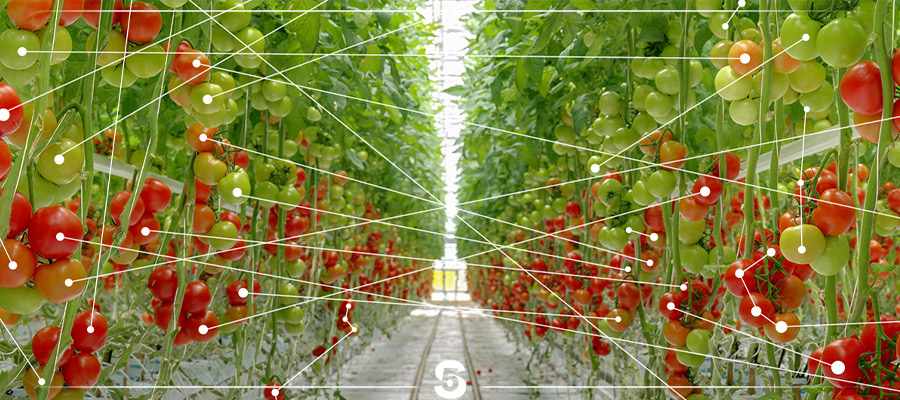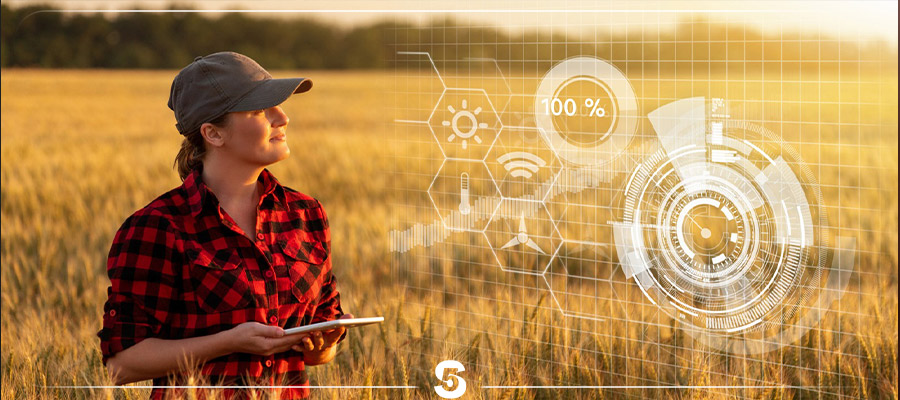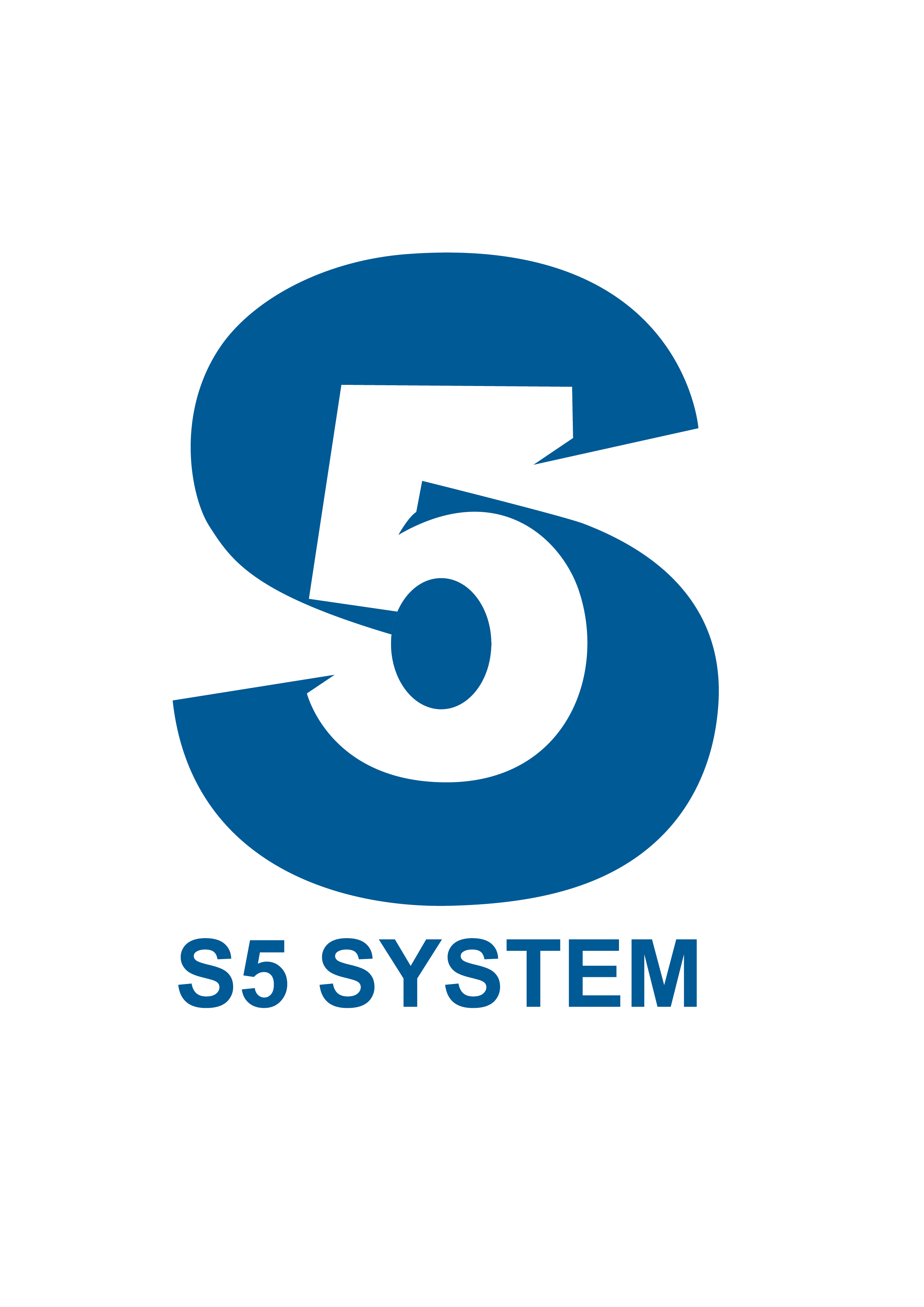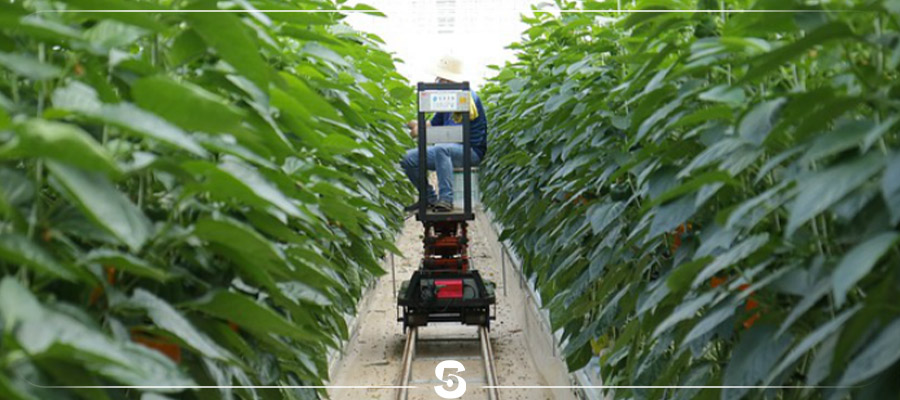Smart Farming Technologies: Transforming Agriculture for the Future
Smart Farming
Smart Farming is focused on the use of data acquired through various sources (historical, geographical, and instrumental) in the management of farm activities. Technologically advanced doesn’t essentially mean that it is a smart system. Smart agriculture technologies differentiate themselves through their ability to record the data and make sense of it. Smart farming employs hardware (IoT) and software (Software as a Service or SaaS) to capture the data and give actionable insights to manage all the operations on the farm, both pre-and post-harvest. The data is organized, accessible all the time, and full of data on every aspect of finance and field operations that can be monitored from anywhere in the world.

DIFFERENCES BETWEEN TRADITIONAL AND SMART FARMING
Implementing robotics in agriculture and other smart farming techniques brings in several benefits over conventional farming strategies. Some of these include exercising increased control over production processes, which in turn enhances cost management and reduces waste generation. In addition to this, smart farming, through the implementation of new technology in agriculture, makes it easier to trace anomalies in crop growth as well as livestock health.
Take a look at some of the key differences between traditional and smart farming practices.
14 Ways IOT is Impacting the Food & Agriculture Industry
TRADITIONAL FARMING
The same set of practices for crop cultivation, often unscientific, throughout the region
Imprecise application of fertilizers and pesticides throughout the field
Manual maintenance of all the field and finance data separately, leading to errors and data loss
Geo-tagging and zone detection are not possible
No reliable methods to predict the weather
Use of simple tools by farmers makes the process laborious and time-consuming

SMART FARMING
Each farm is analyzed to identify suitable crop varieties and input requirements for optimization and profitability
All farm data is centrally located on a digital platform
Early detection and application of inputs only in the affected region, saving costs
Uses satellite imagery to detect the different zones in farms
Reliable weather forecasts to maximize resource usage and minimize losses
Automation of tasks increases productivity and time- and cost-efficiency
Smart Farming for Food Safety
The Global Farming industry is facing many food safety challenges like non-standardized pest control, varying weather conditions, and also unpredictable contamination. These challenges are the sources of many diseases that cause great harm to human health. It also could negatively impact the credibility of food producers and manufacturers while exporting food products.
As the food supply chain is getting more and more complex, along with tough local and international food safety regulations, SaaS-based smart farming solutions, can transform the way the entire agri supply chain is managed.
Such solutions bring observability to agri businesses, and help them predict any anomalies and take corrective actions to prevent any food safety issue, in a cost-effective way.
How LoRaWAN Can Save Farmers Money And Increase Yields
NEW TECHNOLOGIES IN SMART AGRICULTURE: HOW DO AUTOMATION AND ROBOTICS HELP?
IoT in agriculture involves sensors, drones, and robots connected through the internet which function automatically and semi0automatically performing operations and gathering data aimed at increasing efficiency and predictability. With increasing demands and shortage of labor across the globe, agriculture automation and robots or commonly known as agribots are starting to gain attention among farmers. Crop production decreased by an estimated 213 crores approx ($3.1 billion) a year due to labor shortages in the USA alone. Recent advancements in sensors and AI technology that lets machines train on their surroundings have made agri-bots more notable.
The world is in the early stages of an ag-robotics revolution with most of the products still in R&D and trial phases.

Modern Agriculture Technologies
Semi-automatic robots with arms can detect weeds and spray pesticides on the affected plants, preventing extensive damage as well as reducing the overall pesticide costs. These robots can also be used in harvesting and lifting. Heavy farming vehicles can also be navigated from the comfort of homes through phone screens to perform tasks and GPS can track their positions at any time.
Drones equipped with sensors and cameras are used for imaging, mapping, and surveying the farms. They can be remotely controlled or they can fly automatically through agriculture software-controlled flight plans in their embedded systems, working in coordination with sensors and GPS. From the drone data, insights can be drawn regarding crop health, irrigation, spraying, planting, soil and field, plant counting and yield prediction, and much more.
IoT-based remote sensing utilizes sensors like weather stations placed on farms to gather data, which is then transmitted to analytical tools for analysis. They monitor the crops for changes in light, humidity, temperature, shape, and size. The data collected by sensors in terms of humidity, temperature, moisture precipitation, and dew detection helps in determining the weather pattern in farms so that cultivation is done for suitable crops. The analysis of the soil quality helps in determining the nutrient value and drier areas of farms, soil drainage capacity, or acidity, which allows for adjusting the amount of water needed for irrigation and the opt most beneficial type of cultivation.
Computer imaging involves the use of sensor cameras installed at different points on the farm or drones equipped with cameras. The images they capture undergo digital processing to derive meaningful insights from them. They are used for quality control, disease detection, irrigation monitoring, and sorting and grading the produce after harvest. Image processing using machine learning incorporates comparing images from a database with images of standing crops to determine the size, shape, color, and growth, therefore controlling the quality.
ROLE OF SAAS-BASED CLOUD SOFTWARE TECHNOLOGY IN SMART FARMING
Cloud-based software is used for the management of financial and field activities of farms. Prior to computers, farmers maintained data manually by keeping lengthy records on papers. This method was prone to human calculation errors. After the computer boom in the 1980s, it was not long before finance software such as Money Counts came to market. They intended to replace the spreadsheets to maintain the financial data.
The biggest challenge that farmers faced was the inability to manage field data. To address this, around the mid-2000s, satellite image use with tools like Raven Receiver for field zone tracking became widely used. Farmers had to implement and coordinate different tools to manage complete farm operations.
With constant improvements through the years, agritech SaaS has become an all-in-one tool for the management of all these activities and more in one place using a single tool. A good example would be Cropin. As a global agritech provider, we have worked with 200+ public and private sector organizations worldwide, utilizing deep learning, satellite monitoring, cloud computing, and other technological advancements to collect, analyze data, and manage all the activities from farm to fork with streamlined farm solutions.





